
Disappointing Progress of Chinese Projects in Nepal Leaves Citizens in Suffering
Rameshore Khanal, a retired secretary of the Government of Nepal, recently criticized the government and political parties on the social network. A few days ago, he wrote, “Politics has become so feeble that a section of the Ring Road and the Butwal-Narayanghat road is prepared to engulf people in dust but hesitates to confront China.”
राजनीति यति कमजोर भयो कि रिङरोडको एक खण्ड र बुटवल-नारायणघाट सडकमा बरू जनतालाई धुलो खुवाउन तयार तर चीन रिसाउला भनेर ताकेता गर्न हच्किने!
— Rameshore Khanal (@rameshore) December 25, 2023
Rabi Lamichhane, the chairman of the Rashtriya Swatantra Party, has completed a 113-kilometer journey on foot. They walked to exert pressure on the government, demanding the swift construction of the road. Chairman Lamichhane, an elected MP from Chitwan, attributes political and diplomatic significance to this walking journey from Narayanghat to Butwal.
This road is under construction by a Chinese company. Numerous projects, like the Butwal-Narayanghat road, have been stalled by China’s state-owned construction companies, delayed due to various interests.
There is a growing suspicion that Chinese companies involved in these projects are spying on India. Analysts now opine that the strategic interests of the Chinese company are behind the delays.
Recently, stalled projects in Nepal confirm that Chinese contractors share a pattern of taking project contracts but failing to meet deadlines, causing cost overruns and delivering subpar work. Projects funded by loans and grants from China also do not yield fruitful results for Nepal and its people.
Chinese contractors are using various pretexts and problems to stall crucial projects in Nepal, causing losses and suffering to the nation and its people. Completed projects like the Pokhara Regional International Airport, as well as ongoing constructions, are affected by delays, resulting in significant setbacks.
Some projects stalled by Chinese contractors include the Narayanghat-Butwal Road. The completion of the work on this road section under the Mahendra Highway is unlikely within a year of the second extension.
Due to delays by the contractor company, China State Engineering, responsible for road expansion, the expected progress in road construction has not materialized. Officials report that only about 40 percent of the work has been completed in the five months of the second extension.
The Narayanghat-Butwal road section upgrading work, which began in 2018, faced repeated delays. Rashtriya Swatantra Party conducted a ‘pressure trip’ after the construction was not completed even within the extended time.
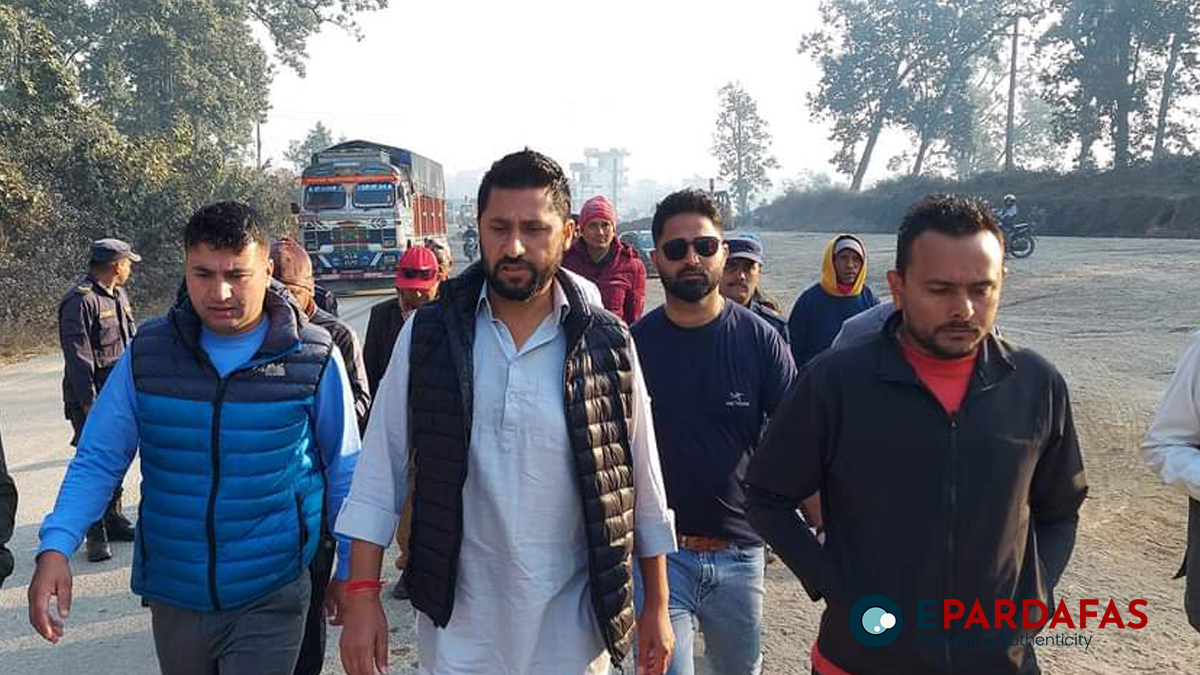
Some projects stalled by Chinese contractors:
Narayanghat Butwal Road
It has been stated that completing the work on the Narayanghat Butwal road section under the Mahendra Highway is deemed impossible, even within one year of the second extension.
The expected progress in road construction is hindered by the delay of the contractor company, China State Engineering, responsible for road expansion.
It was mentioned that at least half of the road was expected to be completed by the middle of December. The deadline for expanding the 113 km long road to four lanes was extended for almost a year last July to meet Asian standard highway specifications.
Officials report that only about 40 percent of the work has been completed in the five months of the second extension.
Only 18.5 km of the 65 km road from Gaindakot to Daune in the eastern section of the plan has been paved.
Officials from the road department indicate that due to repeated delays, they are considering options such as continuing the work or terminating the contract.
The upgrading work of the Narayanghat Butwal road section began in 2018. However, as the road construction was not completed within the stipulated time, the deadline was extended. The National Independent Party carried out a ‘pressure trip’ against it after the construction remained incomplete even within the extended time.
Party Chairman Lamichhane, along with other MPs and leaders of his party, initiated a pressure trip from Narayanghat to Butwal.
Raswapa marched on foot on the 113 km long road and advocated for the construction work to be completed on time.
In August 2023, the government extended the deadline by 350 days for the western section of the road and 330 days for the eastern section after the work could not be completed within the stipulated time. Even after five months of the second extension, only 40 percent of the work has been completed. Road department officials have concluded that if the current pace continues, the road construction will not be completed even with the additional time.
Citizens suffer when road construction is stalled, facing issues such as potholes, mud, and dust that affect their journey and daily life.
There is a plan to make the Narayanghat Butwal section 6 lanes in the urban area, 4 lanes in other areas, and 3 lanes in the lower area according to Asian Highway standards.
According to a study by the Nepal Electricity Authority, it is observed that around 5000 electricity poles will need to be moved when expanding this 113 km long road. 2,485 poles will need to be moved in the eastern section (Narayanghat Daunne), and 2,354 poles will need to be moved in the lower Butwal (western section). According to the cost estimate prepared by the authority, it will cost 37 million rupees and 33 million rupees to move the pole on the east side. However, so far, the authority has not moved the pole.
After the start of the COVID-19 pandemic, the project remained unchanged for a year. As the road widening work was delayed, the pole moving work was not given priority. Again, the contractor did not undertake the work of diversion, culvert, and small bridge, citing the reason that the electric pole was not moved. Thus, despite the expectation that this road project will be completed on time, even the pole that needs to be moved for the construction of the road has not been relocated.
Muglin Pokhara Road
The Muglin Pokhara road section serves as the primary entrance to the tourist city of Pokhara. Currently, the road is undergoing expansion and upgrading to four lanes. This project, known as the Muglin Pokhara Road Improvement Project, is being carried out with financial support from the Asian Development Bank, connecting the federal capital Kathmandu and the Gandaki Province capital, Pokhara.
Businesses and residents along the road express frustration as progress is slow. Travelers around Pokhara also face challenges with the presence of dust and mud on the road. Rain exacerbates the situation, turning the road muddy, and at other times, it remains dusty. Landslides in certain areas further complicate travel, extending the usual five-hour journey from Pokhara to Kathmandu to 10 -12 hours.
Tourism professionals in the region note that the sluggish pace of road upgrading has adversely affected Pokhara’s tourism business. They argue that the already slowed tourism industry, impacted by events such as Covid-19, has worsened due to the conditions of the Pokhara (Muglin road).
The Pokhara (Muglin road section) is divided into two sections, namely Anbukhaireni and Jamune and Jamune (Pokhara). Despite the approaching deadline, progress remains minimal, causing difficulties for sick and disabled passengers, according to locals.
In the Muglin Pokhara Road Project Eastern Section, preparations are underway to demolish houses in Damauli Bazar. While houses outside the main market were previously removed, the work is set to commence in the main market.
For this section, 550 houses need to be demolished, with over 350 houses already removed. Compensation of 260 million rupees was determined for house demolitions, and 175 million rupees have been distributed so far.
In the eastern section, black sheeting has begun in the Anbukhaireni section of Tanahun, covering seven kilometers. Construction includes the building of three large and four small bridges in this approximately 42 km section. China Communication Construction was awarded the contract for the eastern section, valid until April 2024.
Financed by a loan from the Asian Development Bank (ADB), the construction of four lanes began on the road, originally planned for the year 2026. The contract for the eastern section is 6.21 billion 31 million rupees, and the contract for the western section is 7.44 million 46 million rupees. Under the western section, from Jamun to Pokhara, an agreement was reached in 2021, and work has commenced.
The construction of this section has been entrusted to the Chinese company Kaiyuan Highway and Bridge Co Ltd. The term for this section is until September 2024. The four-lane closed road will have 25 meters on both sides. In densely populated areas like Damauli and Dumre Bazar in Tanahun, a 41-meter wide road will be built. The width of the road from Dulegonda to Khairenitar Bazar, Kotre Bazar area, and Kaski from Gagangonda to Pokhara will be 46 meters according to the design.
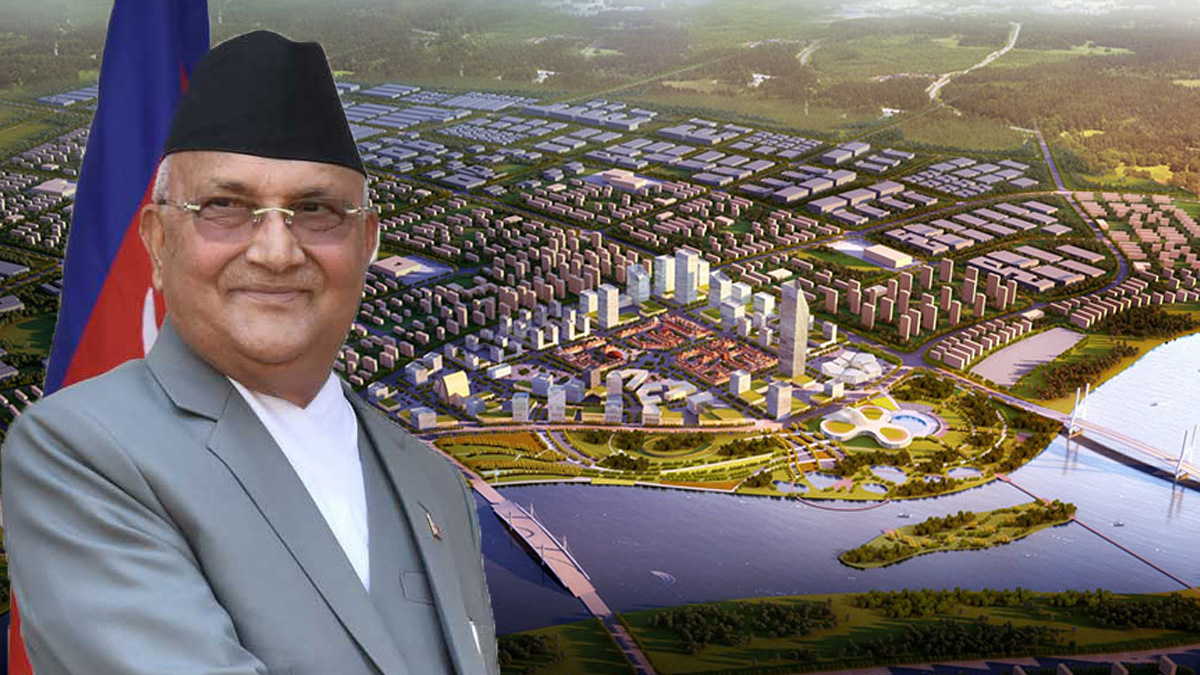
Damak Industrial Park
The construction of the Damak Clean Industrial Park in Jhapa, intended to be built with Chinese investment, has been stalled for several years. Although there have been discussions about Chinese investment and an action plan for the Damak Clean Industrial Park, the ambitious project remains “undecided” as the detailed study report for the park has not yet been prepared.
The estimated cost of constructing the park, proposed seven and a half years ago by the then KP Sharma Oli-led government and whose foundation stone was laid by Oli himself three years ago, is 65 billion rupees.
Read:
Damak Industrial Park: Oli’s ambition to please China by making locals squatters
In the initial plan involving Damak and Gauradah Municipalities and Kamal Rural Municipality of Jhapa, the park’s area was intended to be 2200 bighas, but it has now been reduced to 1200 bighas.
Despite the initial indication of Chinese investment, the park’s progress has been limited to the foundation stone laying due to disputes over land ownership on the Nepalese side, confusion overcompensation, and opposition from local residents. This ambitious plan, presented as an effort by Oli to strengthen ties with China, appears to be causing unrest among many locals.
If implemented, this plan could result in Chinese businesses dominating Nepal for years. While Chinese companies stand to benefit from the project, local residents may be forced to part with their land initially. According to the agreement, the construction period of the park will be ten years, and the Chinese will operate the park for 40 years before handing it over to Nepal.
The construction of this park, initially launched with much fanfare to boost the country’s economy, generate employment for one lakh people, and revolutionize the industrial sector, has been stalled for an extended period. Additionally, its presence near the Indian border seems to play a role in influencing India by bringing Chinese influence closer to the Indian border.
Fast Track
The Kathmandu Terai Madhes Expressway, known as the Fast Track, is currently under construction by the Nepali Army. Initially, a Chinese company secured the contract for some packages of this long-awaited national pride project. However, due to their negligence and failure to progress at the expected speed, the government decided to transfer the entire responsibility of construction to the army.
Two Chinese companies, entrusted with building tunnels on the Fast Track, were suspended for their slow pace and poor quality of work. The China State Construction Engineering Corporation and Poly Changda Engineering Corporation faced suspension.
China State was responsible for the first package, involving a contract of 21.61 billion rupees to construct a 3.355 km tunnel from Chokredanda to Dhedre. Polly Changda, handling the second package, secured a contract worth 28.53 billion rupees to build a 3.03 km tunnel from Dhedre to Lendanda. Despite the contractual agreement in 2021, committing to completing the work within three years, both companies were suspended after a year due to a lack of progress.
The Nepali Army recently reported that the physical progress of the project was at 28.56 percent, with financial progress standing at only 29.44 percent over the six years since construction commenced.
Bharatlal Shrestha, the Nepali Army’s Technical General and Head of the Planning and Design Division, provided information on the financial progress of the expressway. With a total cost of 2 trillion 11.93 billion rupees, the financial progress is at 29.44 percent. In the current fiscal year 2080-81, the physical progress of the expressway is reported at 32.66 percent, with a financial progress of 10.8 percent.
In 2017, the government entrusted the construction of the expressway to the Nepali Army, setting a last extended deadline for completion in April 2027. However, it appears almost certain that the construction will not be completed on time.
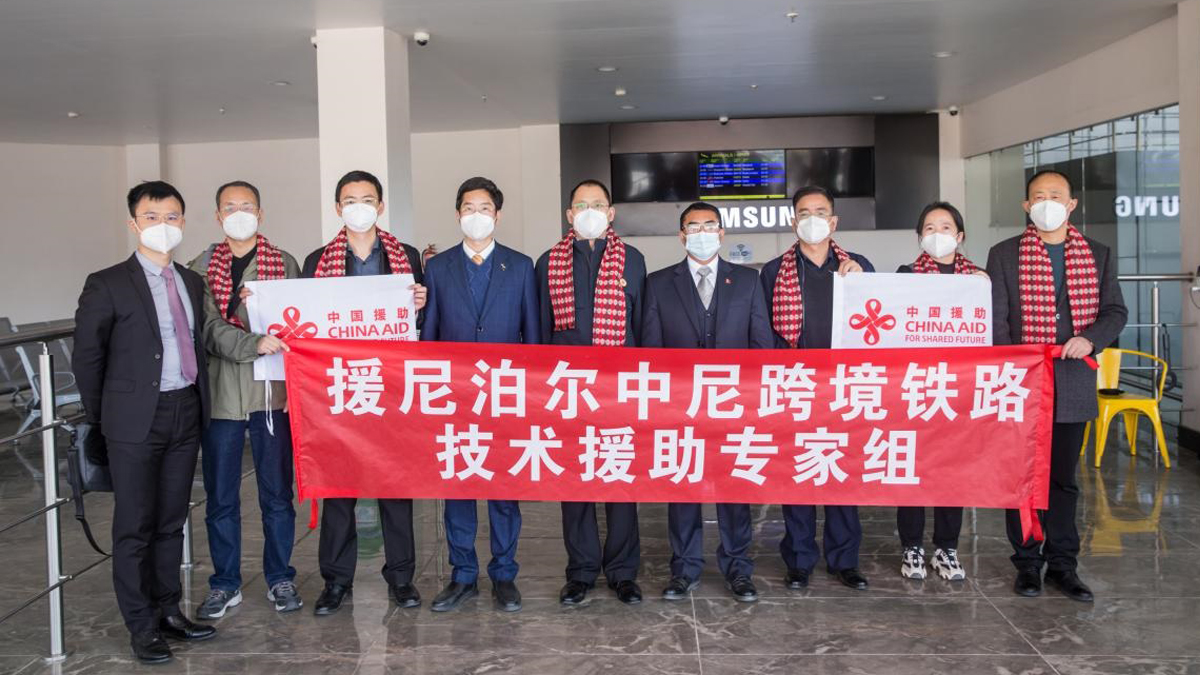
File Photo
Petroleum Exploration in Dailekh
The work related to the exploration of petroleum products in Dailekh, initiated four years ago, remained stalled for over two years. Currently, there are claims that the work is in progress, but no concrete progress has been observed.
In 2014, a bilateral agreement was reached between the Prime Ministers of China and Nepal to explore petroleum products. An agreement worth 2.4 billion rupees was signed between the Department of Mines and Geology and the Geological Survey Company of China for exploration and excavation.
In the same year, a Chinese team, accompanied by the then Industry Minister Somprasad Pandey, reached Dailekh and initiated the excavation process.
At that time, a six-member China Geological Survey team studied the feasibility and submitted a report to the government, confirming the presence of natural gas in various locations. Preliminary studies conducted by China have affirmed the existence of a mine of liquefied petroleum gas (LPG) in the area.
However, using various pretexts, the Chinese side delayed this project for an extended period. It is reported that tree felling has commenced in the petroleum extraction area. Additionally, it is said that the Chinese technical team has initiated other activities along with tree felling in Bhairavi Rural Municipality 1, Jaljale. The future progress of the project remains to be seen.

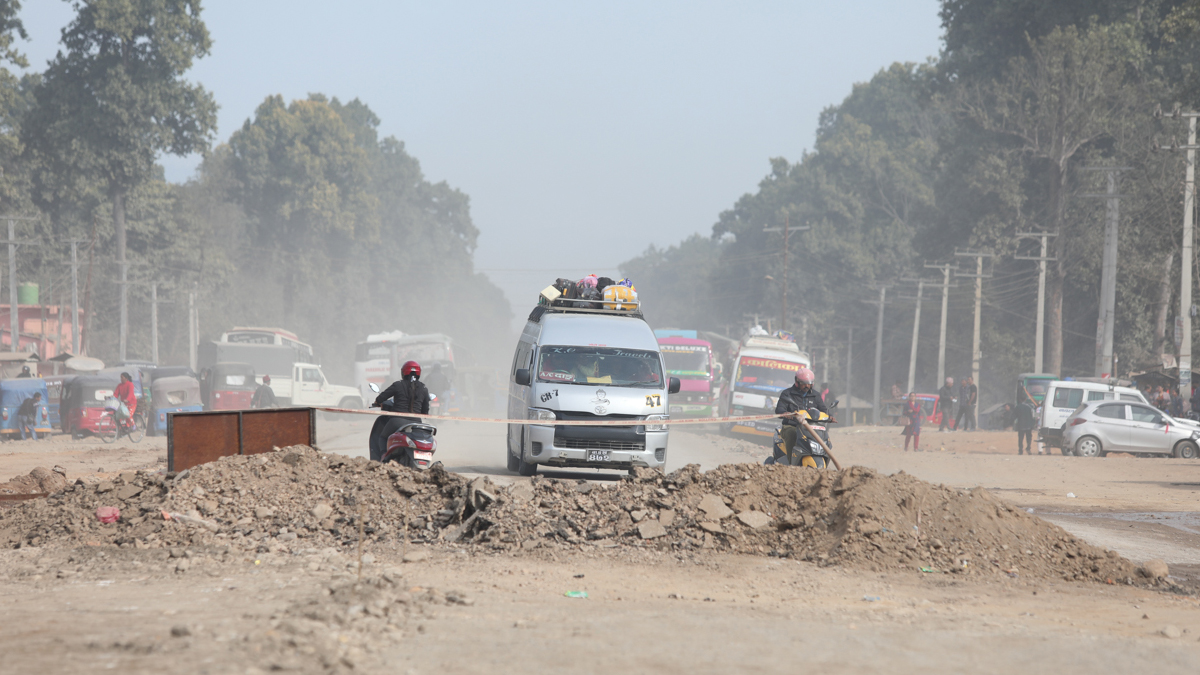



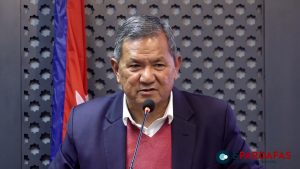
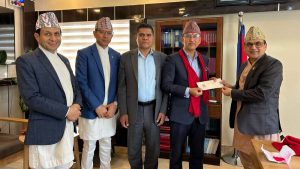
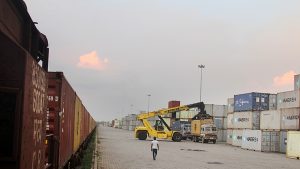
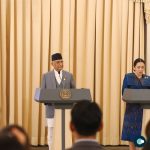





Comments